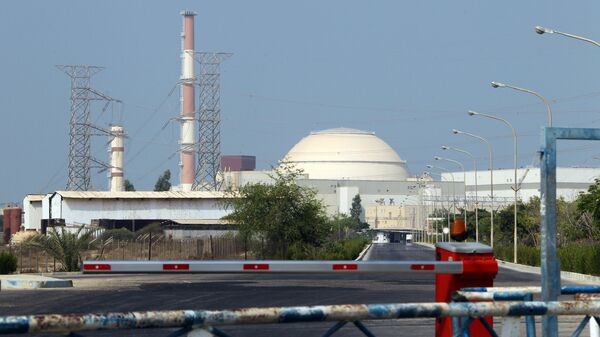The station will be built in keeping with European Utility Requirements and will utilize “unique technology and a new concept of safety,” according to a statement by ASE, an engineering company operating as part of Russia’s state atomic energy corporation Rosatom.
“This will be a turning point in the mutually-rewarding nuclear energy cooperation between our two countries, whose peaceful nature has been confirmed by the International Atomic Energy Agency,” Hassan Beheshtipour told Sputnik.
He added that that the 1,000 megawatts generated by Bushehr-1 accounted for a mere one-seventieth of Iran’s overall consumption.
“However, Russia has already invested in the modernization of our Ramin thermal power station and is working hard to develop natural gas sector of this country’s energy market,” Hassan Beheshtipour noted.
He said that Bushehr-2 could take between three and five years to build now that most of the problems holding up the construction had already been solved.
“That’s why I’m confident that the second stage of the Bushehr power station will have been completed by 2019-2021,” Hassan Beheshtipour said.
An agreement to expand civilian nuclear energy cooperation and construct a total of eight additional nuclear reactors at Bushehr was signed between Russia and Iran on November 11, 2014.
The agreement for the construction of the Bushehr-1 nuclear power plant was finalized in 1995, but the project was delayed several times due to a number of technical and financial issues.
Bushehr-1 was launched in September 2011 and reached its maximum power generation capacity in August 2012.
In September 2013, Iran officially took over from Russia the first unit of its first 1,000-megawatt nuclear power plant, and in November 2014 the two countries signed an agreement whereby Russia was commissioned to build an additional seven such units.



